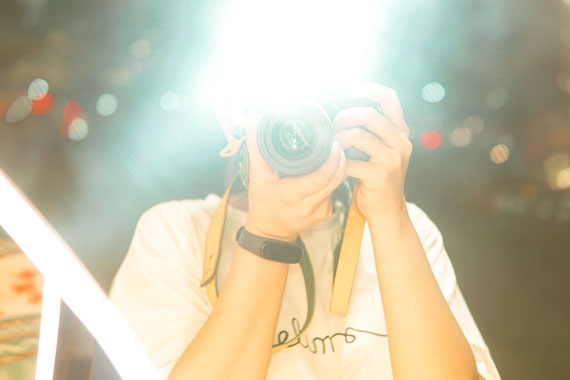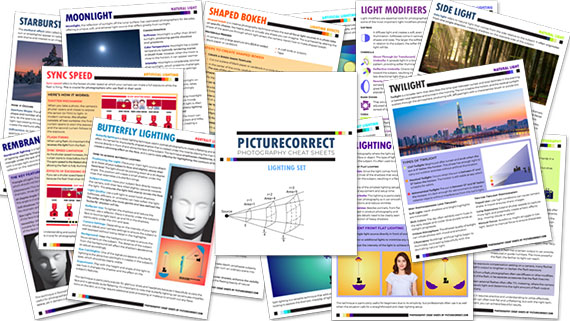Lighting plays a crucial role in photography. With the right lighting, you can create a masterpiece; with poor lighting, even a perfect scene can look dull. Flash is one tool in a photographer’s arsenal to combat tricky lighting situations. But when should you use on-camera flash, and when should you shift to off-camera flash? Let’s dive into the nuances of both.
Related reminder: sunlight sale ending soon for the Photo Lighting Cheat Sheets

Photo captured by Tuyen Vo
On-Camera Flash
Pros:
- Portability: Being attached to the camera, it’s always with you, ready to use.
- Simplicity: It requires less setup and is often easier for beginners.
- Quick shots: Ideal for dynamic situations where you have to shoot quickly.
Cons:
- Direct Lighting: This can result in harsh shadows and the dreaded “red-eye” effect.
- Less Creative Control: Its fixed position limits creative lighting angles.
When to Use On-Camera Flash?
- Fill Flash: In situations with backlighting, such as a subject with a strong light behind them, on-camera flash can fill in shadows on their face.
- Fast-paced Events: Think about wedding receptions or parties where you’re moving quickly and don’t have time to set up off-camera lighting.
- Backup: When your main lighting fails, the on-camera flash can save the day.
Off-Camera Flash
Pros:
- Creative Control: You have full control over the direction and quality of the light.
- Softer Shadows: With the ability to use modifiers, such as softboxes or umbrellas, you can achieve softer and more flattering shadows.
- Dimensionality: Off-camera flash can create more three-dimensional and dynamic photos by illuminating the subject from various angles.
Cons:
- Setup Time: It requires more time to set up, especially if using multiple flashes.
- Portability: Carrying separate stands, modifiers, and flashes can be cumbersome.
When to Use Off-Camera Flash?
- Portraits: To achieve that professional look with soft shadows and well-lit subjects.
- Dramatic Lighting: When you want to play with shadows and highlights to create mood.
- Complex Scenes: When you need to light different parts of a scene separately.
Tips for Making the Choice:
- Assess the Situation: Consider the environment you’re shooting in. If you’re indoors with low ceilings, an on-camera flash can be bounced off the ceiling for softer light. In an outdoor evening event, off-camera flash can add depth to your shots.
- Think About Mobility: If you’re constantly on the move, on-camera might be the way to go. But if you have the luxury of time and space, setting up off-camera flash can be worth the effort.
- Experiment: The best way to learn is by trying both. Shoot the same subject using both methods and compare the results.
Conclusion
Both on-camera and off-camera flashes have their place in photography. Your choice will often depend on the situation, your creative vision, and the resources at hand. Remember, lighting is a powerful tool. Whether you’re using an on-camera or off-camera flash, mastering it will elevate your photography to the next level.
For Further Training:
Lighting is arguably the most important aspect of photography; but do you know how to use it? These new Photography Lighting Cheat Sheets are designed to help. With critical information on ALL the types of natural light and artificial light you can use. In the spirit of summer, they are currently 80% off today for a Sunlight sale.
Whether you’re a seasoned professional or just starting out, photography cheat sheets can be a valuable resource for improving your skills and taking your photography to the next level. By having all the key information you need in one place, you can focus on what’s important – capturing amazing photos.
Sunlight sale ending soon: The Photography Lighting Cheat Sheets at 80% Off
Like This Article?
Don't Miss The Next One!
Join over 100,000 photographers of all experience levels who receive our free photography tips and articles to stay current:







Leave a Reply